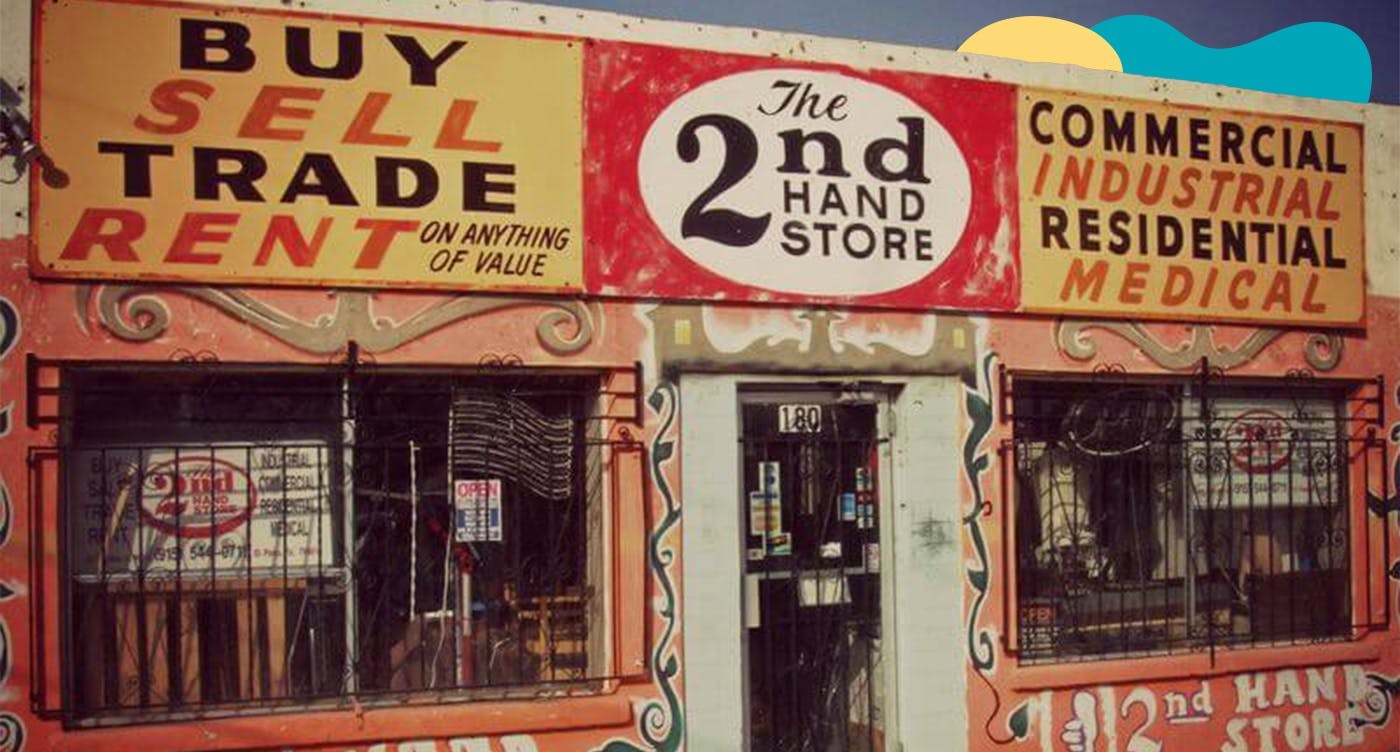TAX • 4 JUNE 2025 • 3 MIN READ
GST on second-hand goods

SECTIONS
Supplies from a non-registered entity
Supplies from a non-registered entity subject to Division 66
Taxable supplies
How much can I claim back?
Keeping records
Other FAQs on GST
Who are Beany?
Let’s say you’re running a landscaping business and want to purchase a lawnmower. You decide to save on costs and buy a pre-owned one. Chances are, you’ll find yourself asking: how do I deal with the GST on second hand goods?
We often receive questions from business owners on this topic. What if you’re not GST registered? What if the seller doesn’t provide a tax invoice? How much can you claim back? Things can get tricky, so let’s cover the basics you need to know.
In Australia, purchasing second hand goods generally falls into one of the three categories:
- Supplies from a non-registered entity
- Supplies from a non-registered entity subject to Division 66
- Taxable supplies
Supplies from a non-registered entity
If you purchase second hand goods that aren’t for the purpose of reselling, and from an entity that’s not registered for GST (such as a private individual on Facebook Marketplace), you can’t claim GST. You also can’t claim any GST back on the purchase. These goods should be labelled as ‘GST free’ when reconciling your GST and preparing BAS.
Supplies from a non-registered entity subject to Division 66
If you purchase second hand goods for the purpose of reselling, and from a private individual, the goods will be subject to Division 66. This means you can claim GST back on the purchase, but there’s no GST component in the sale price.
There are two different approaches to applying Division 66, which differ based on the price of the second hand goods and whether you plan to re-sell them as individual items or as parts.
The two approaches are:
- Direct Approach
- Global Accounting method
Generally speaking, if you purchase an item for under $300 and you intend to re-sell, you can choose to claim the GST back immediately. If you purchase an item over $300, however, you need to sell the item again in order to claim the GST credit.
It is important to note there are exceptions to this rule. Your accountant can guide you on what you can (and can’t) claim, and ensure your BAS is filled out correctly.
Taxable supplies
When you purchase second hand goods from an entity who is registered for GST, and you have a valid tax invoice, you can claim back the GST on your BAS.
How much can I claim back?
To get the GST portion of your purchase, take the total price paid and divide by 11. You can also pay through your business bank account and treat it as a business purchase and a GST purchase in your software.
For example, if you purchase a second hand printer for $110, the GST portion would be $110/11= $10.
When purchasing from someone who isn’t GST registered, you won’t receive a GST invoice and there will be no GST charge for the items you buy. In order to make GST claims, you need to have paid for the goods and keep records as required by the ATO.
Keeping records
You need to keep appropriate records In order to claim a GST credit. If you purchase from a person who’s not registered for GST, a tax invoice is not required, however you still need to document the following information:
- Name and address of the supplier
- Date of the purchase
- Description of the goods
- Quantity of goods
- Price paid
If you purchase second hand goods from a GST-registered entity, you'll need to keep a valid invoice.
Got any questions about Beany?
Chat to one of our friendly problem solvers today.
Other FAQs on GST
- What is GST?
GST stands for Goods and Service Tax. In Australia, GST is 10% on top of any goods or services you sell. If you’re GST registered, you can claim back the GST portion on the purchases of goods or services you use for taxable activities.
- How does GST work?
If your business's annual turnover is above $75,000 you need to register for GST. Once you're registered, you need to include GST on top of the sales price of your goods/services (unless it qualifies as a GST-free or exempt item). You'll also need to issue GST invoices that meet the ATO's requirements.
- When is GST due for payment?
In Australia, GST is filed as part of BAS returns. These are generally filed quarterly but can be monthly or annually in certain situations. View the reporting frequency info on the ATO’s website for more information.
Read more: view our tax dates page for all the common filing and payment deadlines for business owners in Australia.
Who are Beany?
Beany are accountants for ambitious businesses, delivering big firm expertise without the big cost. We handle everything accounting-related (such as annual compliance, bookkeeping, financial insights and strategy), and help business owners make smarter decisions for their business and lifestyle through our responsive, friendly expertise. Book a call or get in touch to discuss how we can help your business.
subscribe + learn
Beany Resources delivered straight to your inbox.
Beany Resources delivered straight to your inbox.
Share:
Related resources
GST essentials for business owners in Australia
April, 2025GST is a tax everyone pays on goods and services while living out their day-to-day lives. Businesses collect this ...
10 common GST mistakes small business owners should avoid
January, 2023GST can be tricky if you don’t deal with it on a daily basis. Fixing these mistakes can be expensive, so we’ve comp...
What is depreciation (and why does it matter)?
July, 2025Learn how depreciation works, what assets can be depreciated, and how it affects your tax position.